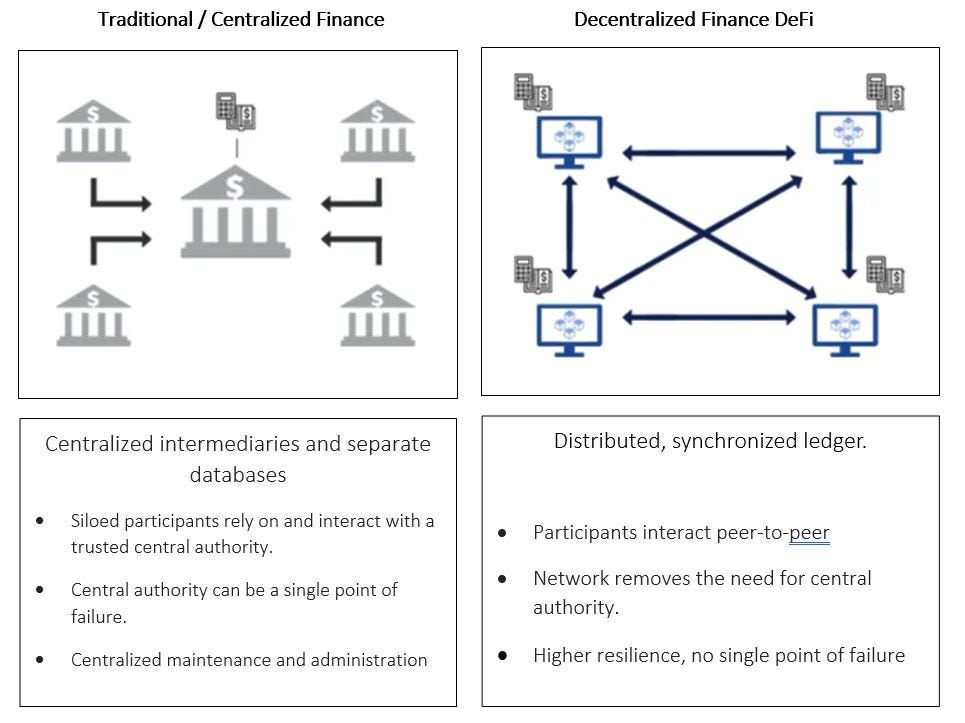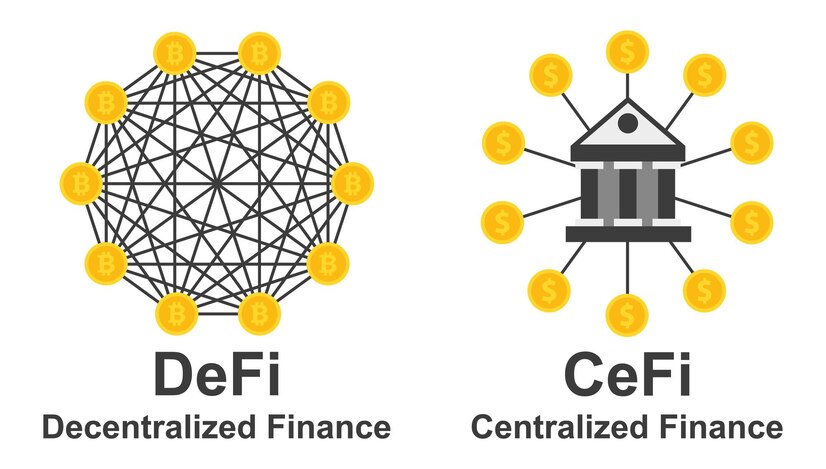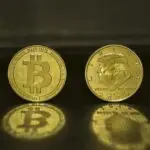In the two decades I’ve spent immersed in the evolving world of finance and technology, few innovations have been as groundbreaking as Decentralized Finance, or simply, DeFi. From Wall Street trading floors to early blockchain communities, I’ve witnessed the shift from centralized gatekeepers to code-powered ecosystems. If you’re new or somewhere in the middle of your crypto journey, this article is your friendly, yet professional guide into the world of DeFi — what it is, why it matters, and why many believe it’s the future of finance.
What Is DeFi? A Simple Breakdown
DeFi stands for Decentralized Finance, a blockchain-based form of finance that eliminates intermediaries like banks, brokers, and financial institutions. Instead of trusting a centralized body to manage your funds, you interact with smart contracts — self-executing pieces of code that run on blockchain networks.
Imagine being able to lend, borrow, trade, invest, and earn interest — all from your crypto wallet, no paperwork, no middlemen, no waiting hours. That’s the power DeFi brings to the table.
Key Traits of DeFi:
- Permissionless: Anyone with an internet connection and crypto wallet can use DeFi apps.
- Trustless: You don’t need to trust people — you trust open-source code.
- Transparent: All transactions and rules are visible on the blockchain.
- Global: No borders. No discrimination. Just access.
How Does DeFi Work?
Let’s break this down using an example:
You have $1,000 in stablecoins (crypto pegged to USD). In traditional finance, putting that into a savings account might earn you 0.5% per year. In DeFi, you could deposit it into a lending protocol like Aave or Compound and potentially earn 3–7% annually.
Here’s what happens behind the scenes:
- You deposit funds into a liquidity pool.
- Others borrow from that pool, but they over-collateralize (meaning they deposit more than they borrow).
- Smart contracts handle the matching, interest calculations, and repayments — no human oversight required.
The same concept extends to:
- Decentralized exchanges (DEXs) like Uniswap.
- Yield farming and staking.
- Synthetic assets, insurance, and even lotteries — all on-chain.
DeFi vs Traditional Finance (TradFi)

| Feature | DeFi | Traditional Finance |
| Accessibility | Anyone with a crypto wallet | Limited by geography, identity, credit |
| Intermediaries | None (smart contracts handle everything) | Banks, brokers, payment processors |
| Control | You control your funds (self-custody) | Banks hold custody |
| Transparency | Fully open-source & auditable | Closed, proprietary systems |
| Speed | Seconds to minutes | Hours to days |
| Availability | 24/7 | Business hours only |
Why DeFi Is Gaining Traction
1. Financial Inclusion
Over 1.4 billion people globally remain unbanked. DeFi apps only require a smartphone and an internet connection. No credit score, no ID, no discrimination.
2. Higher Yields
Let’s face it — bank savings rates are often laughable. DeFi offers competitive interest rates because it cuts out the middleman. But remember, higher returns often come with higher risks.
3. Innovation & Composability
DeFi apps are like financial LEGO blocks. Developers can stack, connect, and remix existing protocols to build new ones. This open innovation loop has led to explosive growth in tools like:
- Flash loans
- Yield optimizers (e.g., Yearn Finance)
- Aggregators (e.g., 1inch)
4. Self-Sovereignty
You truly own your money. With DeFi, there’s no freezing of accounts or arbitrary limits — unless it’s coded into the contract.
Real-World Use Cases of DeFi
- Lending & Borrowing: Use Aave or Compound to earn interest or take a crypto loan instantly.
- Trading: Swap tokens using Uniswap, Sushiswap, or PancakeSwap without any central exchange.
- Stablecoins: Use decentralized stablecoins like DAI to protect against volatility while staying on-chain.
- Insurance: Cover your DeFi assets with platforms like Nexus Mutual.
- Asset Management: Automatically earn optimized yield through Yearn or Beefy.
- Synthetic Assets: Gain exposure to stocks or commodities via Synthetix.
Underlying Technology
DeFi lives primarily on smart contract platforms like:
- Ethereum: The OG of DeFi. Most protocols started here.
- Solana: Faster and cheaper, though newer and more centralized.
- BNB Chain, Avalanche, Polygon, Arbitrum: Each has a growing DeFi ecosystem.
These platforms offer scalability, interoperability, and security — the foundational pillars that support DeFi growth.
Risks in DeFi (And How to Manage Them)
Despite the potential, DeFi isn’t without dangers. Here’s what beginners should look out for:
- Smart Contract Bugs
· Even well-audited protocols can have vulnerabilities.
· Always use reputable protocols with audits and a large user base.
- Impermanent Loss
· Happens in liquidity pools when token prices fluctuate.
· Learn how AMMs work before adding liquidity.
- Rug Pulls & Scams
· Not all DeFi projects are legit.
· Avoid unknown protocols with shady teams and anonymous developers.
- Regulatory Risks
· Governments are still figuring out how to deal with DeFi.
· Future regulation could impact usage or access.
- Over-Collateralization Requirements
· Borrowing in DeFi often requires you to lock up 150–200% of your loan amount.
The Road Ahead: Why DeFi Might Redefine Finance
🔹 Institutional Interest Is Growing
Big names like Goldman Sachs, JP Morgan, and BlackRock are exploring tokenized assets and DeFi infrastructure. This legitimizes the space and signals its staying power.
🔹 Integration With Traditional Finance
We’re already seeing hybrid models emerge — banks offering DeFi-style yield products, and DeFi protocols issuing credit cards.
🔹 Expansion Beyond Crypto
DeFi is being used for real-world assets (RWA) like real estate, carbon credits, and supply chain finance. This bridges traditional and digital economies.
Tips for Getting Started with DeFi
- Educate Yourself: Start with platforms like DeFi Llama, Bankless, and CoinGecko.
- Use a Hardware Wallet: Protect your assets — security is non-negotiable.
- Start Small: Begin with a few dollars to learn. Don’t go all-in too early.
- Avoid FOMO: If something sounds too good to be true, it probably is.
- Track Your Activity: Use tools like Zapper or Debank to manage your DeFi portfolio.
Verdict: DeFi Is Not Just a Trend
I’ve seen trends come and go in crypto. ICOs, NFTs, memecoins — some stick, many don’t. But DeFi stands apart because it addresses real problems: exclusion, inefficiency, centralization, and lack of transparency.
Is it perfect today? No.
Is it the future of finance? I believe it is — and that future is already unfolding.
Whether you’re a curious beginner or a rising intermediate user, learning DeFi today gives you a front-row seat to one of the greatest financial revolutions in history.





